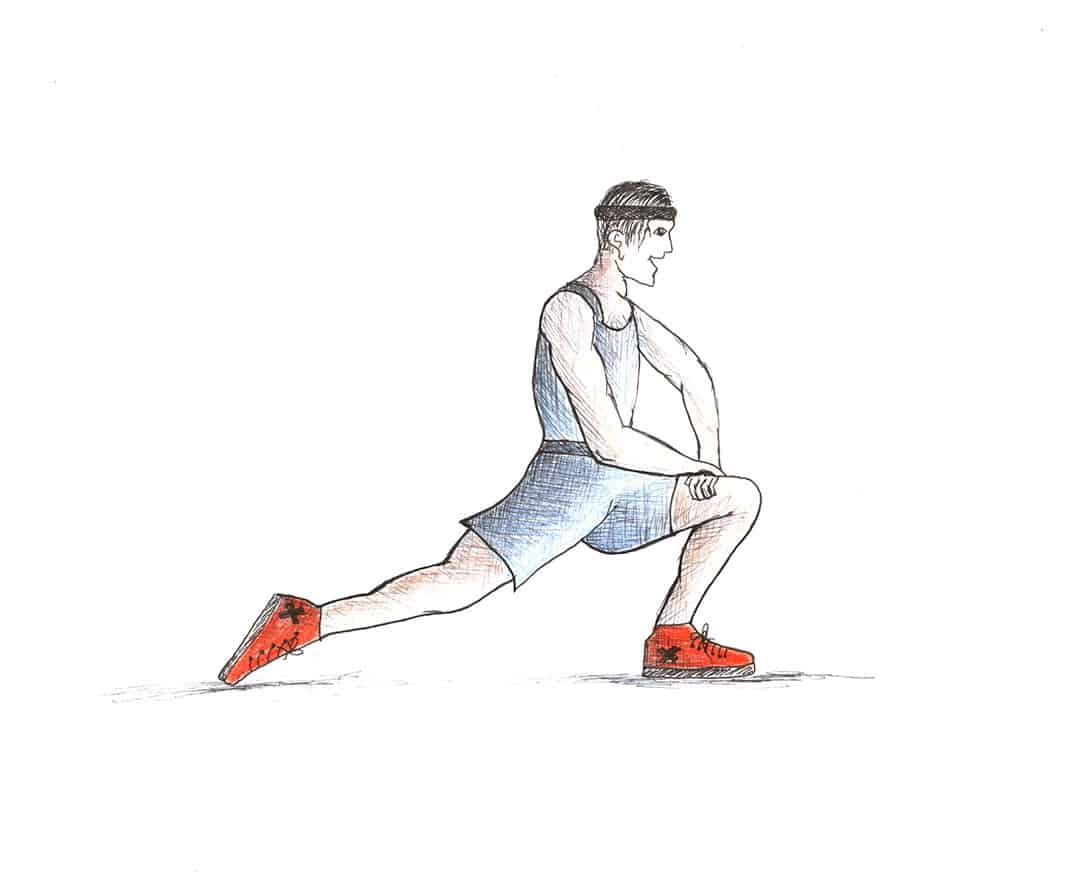From a very young age, I remember being told that the most important thing to do before exercising or playing a sport was stretching.
Whether it be touching your toes or reaching both arms above your head, stretching is integral in many exercise routines. However, it wasn’t until I began to participate in sports competitively that I found out not all stretches are the same. There are actually different types of stretches, each offering their own unique set of benefits. I even found out that certain types of stretches could even be detrimental to my performance, depending on the sport I was going to do or already did. And here I thought stretching could do no wrong!
So here’s all that you need to know about stretching. Let’s start with the fundamental question: What are all the different types of stretches?
Stretching can be broken down into two main categories: dynamic and static stretching.
Dynamic stretching
In a nutshell, dynamic stretching is stretching in motion. Anything from swinging your arms in circles to jumping jacks to leg swings falls into that same repetitive movement-based motion that dynamic stretching encompasses.
Dynamic stretches can either be considered passive or active. Passive stretching refers to a series of stretches that involve either a self-applied or externally applied force assisting the stretch. Active stretching is a bit more complex, but it essentially refers to stretches that don’t require additional force, like when you swing your arms in a circle.
Dynamic stretching tends to increase your blood flow and overall core muscle temperature, while simultaneously loosening up your muscles. This becomes very beneficial when you are about to do an exercise or sport that requires an unconventional range of motion. For example, when I used to compete at swim meets — specifically, when I was about to race a butterfly event — doing arm swings was a crucial warm-up of mine. Arm swings mimic the motions I would do in the water, effectively warming and loosening up those muscles. It also helped improve the rotation of those joints, which helped maximize my performance in the water. Dynamic stretches, like arm swings, can also be a good transition from a rest mode into a competition mode.
Static stretching
In comparison, static stretches are often held in a stationary and minimally challenging position. Static stretches can also be either passive or active as well. Grabbing your ankle and bending your leg toward your butt is a good example of a passive static stretch.
Unlike the repetitive movements of dynamic stretches, the focus for static stretching is on isolating and relaxing certain body parts to increase flexibility in the tissues and muscles, while simultaneously relieving soreness. Holding a static stretch for even as little as five seconds could decrease localized blood flow to the muscle, according to research conducted by the American Council on Exercise, which could effectively relieve the build-up of tension in those used muscles after exercising. That is why static stretches are often encouraged as a post-workout activity and not a pre-workout one because it often tires out the muscles from being stretched beyond the normal range.
Some studies have shown that doing static stretching before exercising could even make you more susceptible to injury, especially if performed incorrectly. Other studies have shown that static stretches can negatively affect the speed and strength of athletes. A 2008 Louisiana State University study analyzed the speed of sprinters and found that pre-workout static stretching slowed them down by one-tenth of a second, specifically within the second half of the sprint.
That is why post-workout static stretching is considered more beneficial: it has many positive benefits, like relaxing the body and mind and keeping muscles from stiffening up and cramping.
While the information gathered on stretching is fairly recent, it appears that dynamic stretching is ideal for a pre-workout and static stretching is ideal for a post-workout.


